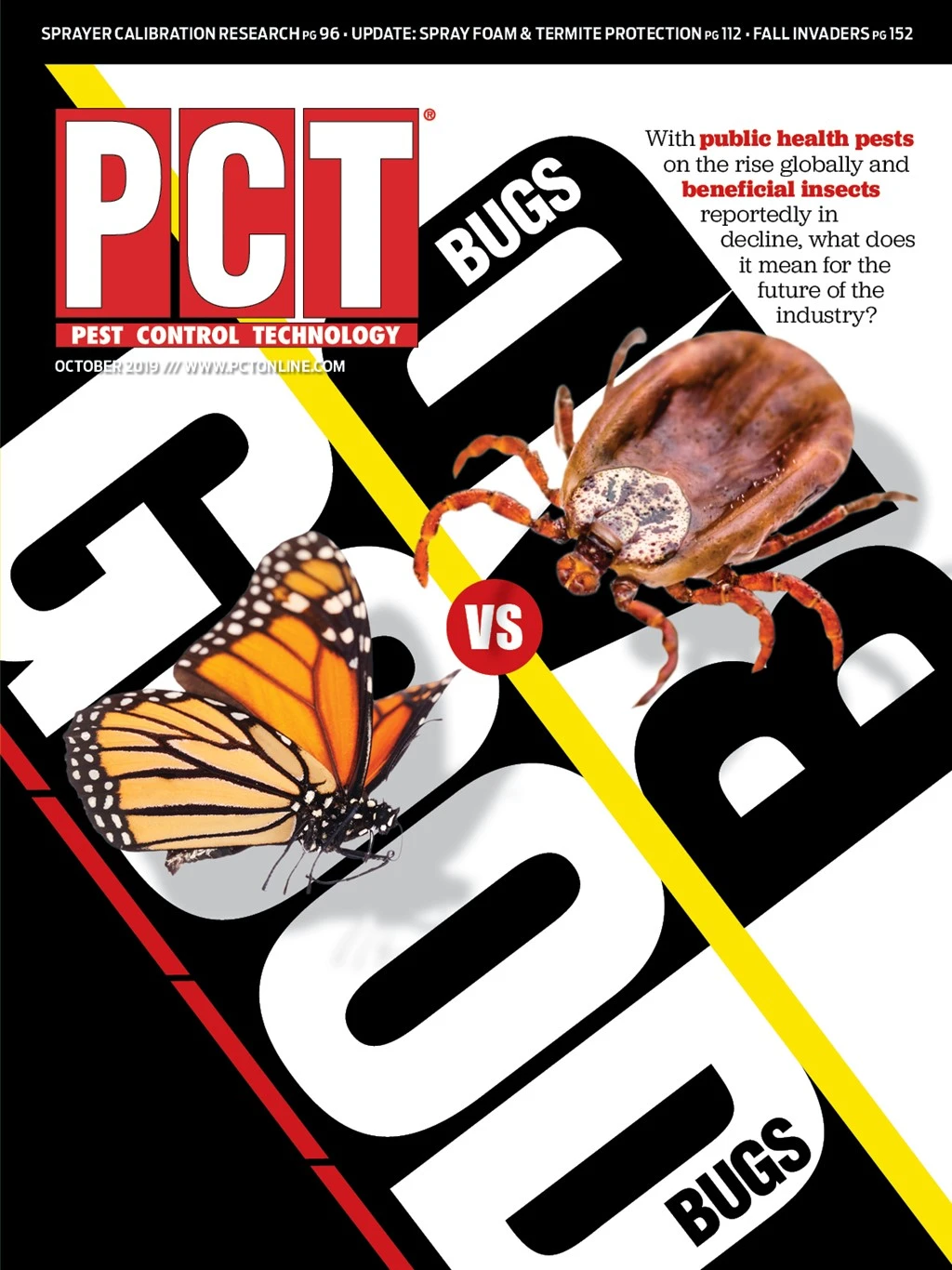
South Dakota School of Mines & Technology has been awarded $475,000 from the National Science Foundation (NSF) to study how termites construct mounds with the idea that humans might one day adapt the energy-efficient home building techniques of the insects. The award is a follow-up to a previous grant by NSF of $300,000.
Mines faculty researchers spent time in the African country of Namibia to study the shape and function of termite mounds. The mounds are resilient and naturally energy efficient. Their intricate interior designs provide ventilation and temperature regulation throughout what can easily be a 15-foot-tall home for a single colony of 2 million termites.
“An understanding of the natural processes involved in termite mound construction and function can be adapted to inform engineering applications related to the construction of man-made structures that require zero or minimal energy inputs,” the NSF award letter noted.
Co-principal investigator Andrea Surovek, Ph.D., a research scientist from Mines’ Department of Mechanical Engineering, has led research that examined hundreds of slices of termite mound and has developed 3D models of numerous mounds using photo capture technology. “The termites have an innate sense of how to build a stable structure, which is remarkable since they construct them one piece of soil at a time. We have found that the external form of the mound is less dependent on the climate and more on the type of soil available for construction,” Surovek said.
This study focuses on the makeup of the constructed mound material to help establish how the air is coming into and circulated through the mounds. The multidisciplinary project involves engineering, material science and biology and will lead to advances in materials and structural forms that require significantly less energy and are more sustainable than traditional construction. “Research outcomes will move the U.S. toward greater energy independence and security. Technology transfer of new materials and systems will grow manufacturing and strengthen national economic development,” said the NSF award announcement.

NASA Fed Apollo 11 Lunar Samples to Cockroaches
This summer as America commemorated the 50th anniversary of the Apollo 11 moon landing, just about every aspect of that historic voyage was revisited by the media.
In July, CNN reported that NASA astronauts Neil Armstrong and Buzz Aldrin collected lunar samples as part of the Apollo 11 mission. In order to ensure that it was safe to store lunar samples on Earth, scientists had to run a number of tests to make sure contamination was not possible, according to NASA. Armstrong and Aldrin were quarantined for weeks on their return from the moon, and they had a few extra roommates: mice that had been injected with lunar material.
Judith Hayes, chief of NASA’s Biomedical Research and Environmental Sciences division, told Space.com, “They always wanted to know how the rodents were doing. If the rodents did well, then they would likely be released on time, if the rodents weren’t well, they would likely be examined much more carefully and longer.”
NASA chose a number of different animals to represent other species. Birds were represented by Japanese quail; brown shrimp, pink shrimp and oysters were used to represent shellfish; house flies and moths joined German cockroaches to represent insects; and guppies and minnows were used to represent fish.
So how did German cockroaches fare after being fed “moon dust”? According to NASA, cockroaches exhibited “no unaccountable gross or histopathologic changes.”

Explore the October 2019 Issue
Check out more from this issue and find your next story to read.
Latest from Pest Control Technology
- Donny Oswalt Shares What Makes Termites a 'Tricky' Pest
- Study Finds Fecal Tests Can Reveal Active Termite Infestations
- Peachtree Pest Control Partners with Local Nonprofits to Fight Food Insecurity
- Allergy Technologies, PHA Expand ATAHC Complete Program to Protect 8,500 Homes
- Housecall Pro Hosts '25 Winter Summit Featuring Mike Rowe
- Advanced Education
- Spotted Lanternflies, BMSBs Most Problematic Invasive Pests, Poll Finds
- Ecolab Acquires Guardian Pest Solutions





